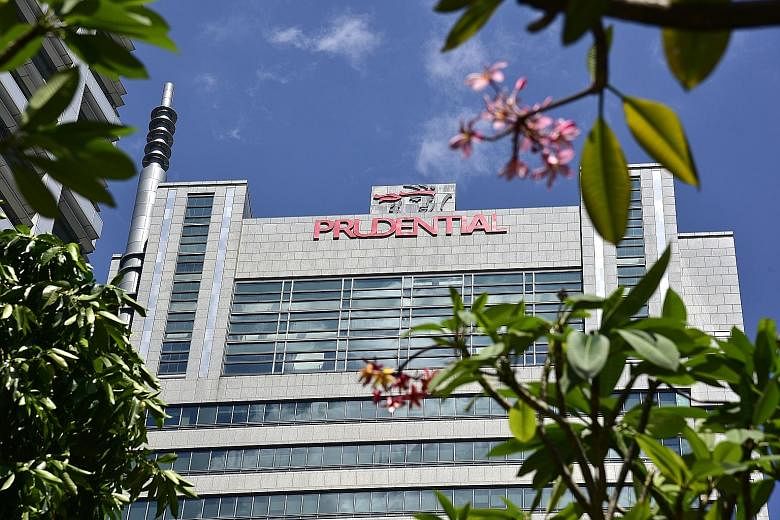Life insurers here will be keeping their fingers crossed that the current robust investment climate extends into 2018 in order to generate better returns for their participating or "par" funds, following what economists described as a "Goldilocks" (moderate growth and low inflation) 2017 and a bull market in 2016.
The financial markets this year have been buoyed by global growth that was led by stronger than expected demand across China and G-3 (the United States, Japan and the euro zone), little inflation, and rising asset markets.
Swiss Re said in its Global Insurance Review 2017 and Outlook 2018-2019 report that the global economy is in a "cyclical upswing", and expects moderate growth to wash through 2018 and 2019.
"This should further support growth in the insurance markets, with global non-life premiums forecast to rise by at least 3 per cent and life premiums by about 4 per cent in real terms annually in 2018 and 2019."
S&P's Mr Philip Chung said that in the past two years, various life insurers have moved to invest more heavily in higher-yielding alternative asset classes such as infrastructure debt and in property.
"Whether they continue to do so is hard to say. It could well be the case, depending on their investment outlook," said Mr Chung, who added that the cautiousness is inherent in the insurance industry.
In Europe, the Solvency II (SII) directive that came into force last January is an influential investment and risk management consideration, said Mr Wong, who added: "Similarly in Asia, the adoption of economic-based solvency capital regime will also become a major consideration for insurance investment."
A look at the latest available returns filed with the Monetary Authority of Singapore (MAS) showed that Prudential Singapore has taken the pole position in a comparison of average investment returns by duration for par funds.
Over an 11-year period from 2006 to 2016, the average annualised net investment returns showed that Prudential, AIA Singapore and Great Eastern Life had the most number of top quartiles (top 25 per cent) of the then 10 key life players in the market. The calculations are based on a standardised approach and remove differences in formulas used by insurers for their published returns.

Prudential led with 11 top quartiles over the one-year to 11-year averages, followed by AIA with 10 and Great Eastern with five.
Insurers that offer whole life or endowment plans usually direct the premiums collected into a common pool known as par funds. They invest these funds and the investment yields are then distributed to par policyholders in the form of non-guaranteed bonuses.
The level of non-guaranteed bonuses declared by the insurers depends on the value of the assets backing the policies, which in turn relies primarily on investment performance.
The level of expenses incurred or allocated to the par fund, as well as the amounts paid out to meet death or sickness claims, are also factors, but typically to a lesser extent, industry players said, adding that those that do not meet their long-term investment yield targets could be closer to cutting non-guaranteed bonuses in future.
Currently, the two projected investment rates of returns shown in the benefit illustration of par products are 3.25 and 4.75 per cent per annum. Of all industry averages by duration, eight of the 10 were higher than the 3.25 per cent projection but only the eight-year average was higher than the 4.75 per cent.
Against the two projections set by the Life Insurance Association Singapore, AIA's and Prudential's investments consistently outperformed all industry averages.
Wen Research, the firm that compiled the data, noted that in Singapore, par products account for over 50 per cent of new business sales.


